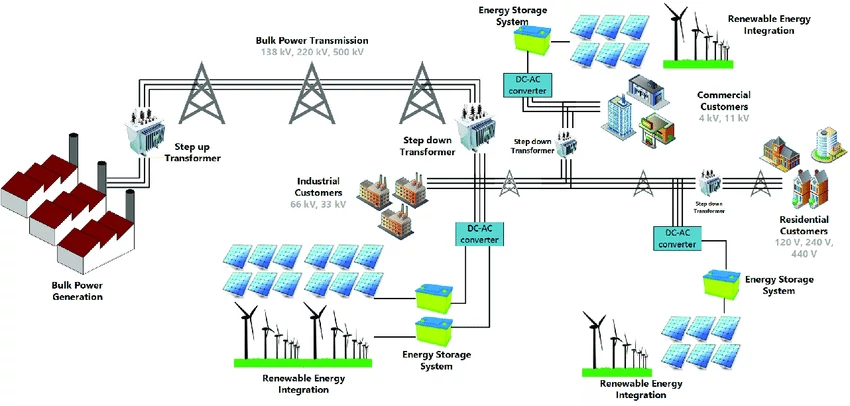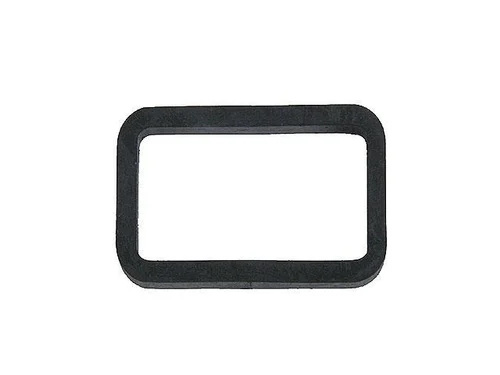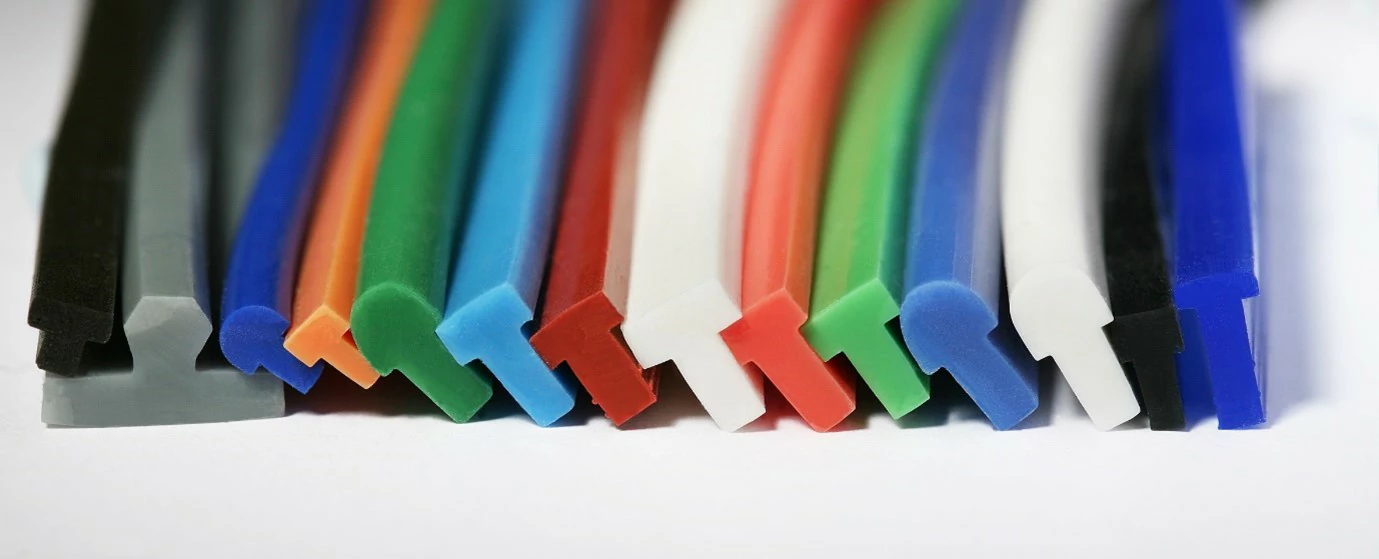Rectangular seal ring In mechanical equipment and industrial applications, the...
Microgrid
What is a microgrid?
Microgrid is a new type of power grid structure, which is mainly composed of distributed power supply, load, energy storage system and control device. It can convert dispersed energy resources into electricity on the spot and supply local loads nearby, enabling efficient and flexible power management. The microgrid can be connected to the external power grid, or it can be self-contained in isolation to form an autonomous power system.

composition
The system composition of a microgrid includes several key components that enable it to operate independently and provide an efficient power supply:
Solar modules: Used to convert solar energy into electricity, are the main renewable energy source for microgrids.
Grid-connected inverter: converts direct current generated by solar modules into alternating current to supply local loads or the main grid.
PCS bidirectional converter (Power Conversion System) : Responsible for the bidirectional conversion of electrical energy between the battery and the load to ensure that the load can be met in both light and no light conditions.
Storage battery: Storage of excess electrical energy to provide power supply when the grid load is insufficient light or grid failure.
Generator: As a backup power supply, to provide support when the photovoltaic modules and batteries cannot meet the load demand.
Intelligent switching switch: Realize seamless switching between the microgrid and the external power grid to ensure the stable operation of the system.
Load: The user equipment powered by the microgrid, including household, commercial and industrial electrical equipment.
advantages
The construction of microgrid aims to improve energy efficiency and power supply reliability, and its advantages are reflected in the following aspects:
Energy complementarity
By effectively combining multiple types of distributed power sources together, microgrids can realize the complementarity of multiple forms of energy and improve the overall energy utilization rate. For example, different types of power generation resources such as solar, wind, and natural gas can work together to meet load demands.
Autonomous control
The microgrid has the ability of self-control, protection and management, and can adjust the operation plan according to the real-time load and power generation conditions to ensure the stability of the power supply.
Improved power supply reliability
The microgrid can maintain independent operation in the event of an external power grid failure, ensuring that local users can still obtain power support in an emergency, thus improving the reliability of power supply.
Promoting renewable energy access
Microgrids provide support for distributed generation and large-scale access to renewable energy, which can effectively solve the power distribution and dispatch problems faced by traditional power grids.
Intelligent management
Through the use of advanced control systems, microgrids can monitor and optimize power flow in real time, reduce energy consumption, and improve operational efficiency.
Application scenarios
Microgrids demonstrate their broad application potential in a number of areas, including:
Remote areas: In areas where power infrastructure is weak or costly, microgrids can provide a stable supply of power to residents, businesses, and public facilities.
Industrial parks: Enterprises can reduce energy costs and improve the resilience and sustainability of production through the construction of microgrids.
Smart communities: In residential areas and communities, microgrids can help achieve autonomous use of energy and promote the use of renewable energy sources.
Emergency relief: During natural disasters or other emergencies, microgrids can be quickly deployed to provide necessary power support.
Research and experiments: Microgrids provide an ideal experimental platform for the research and development of new energy technologies and power management systems.
conclusion
As an effective way to transition from traditional power grid to smart grid, microgrid has become a key technology to solve the contradiction between power supply and demand and environmental pollution due to its flexibility, autonomy and high efficiency. By promoting the integration and application of distributed energy, microgrids not only improve energy efficiency, but also contribute to the realization of sustainable development and low-carbon economy. With the continuous progress of technology, microgrids will be applied in a wider range of fields in the future, providing a strong impetus for the transformation of the global energy structure.

Home energy storage product series
A lithium battery pack for home energy storage systems, which is compatible with solar panels and the sun The inverter can work together with the power grid to power household appliances, and it can also be used as a For off grid systems.
Extended reading
Application of rubber material in battery pack housing
Glass fiber composite material Glass fiber composites have been widely...
Glass fiber composite material
Glass fiber composite material Glass fiber composites have been widely...
THE ESSC Brand promise
Global supply
Our products sell well all over the world, covering many countries and regions, through the global logistics network, to provide customers with convenient purchasing experience.
Rigorous quality
We adhere to the highest quality control standards to ensure every product meets industry regulations and customer expectations, earning trust through consistent excellence.
Excellent service
With a customer-centric approach, we provide prompt responses, professional support, and personalized services, aiming to deliver the best user experience and long-term value.


